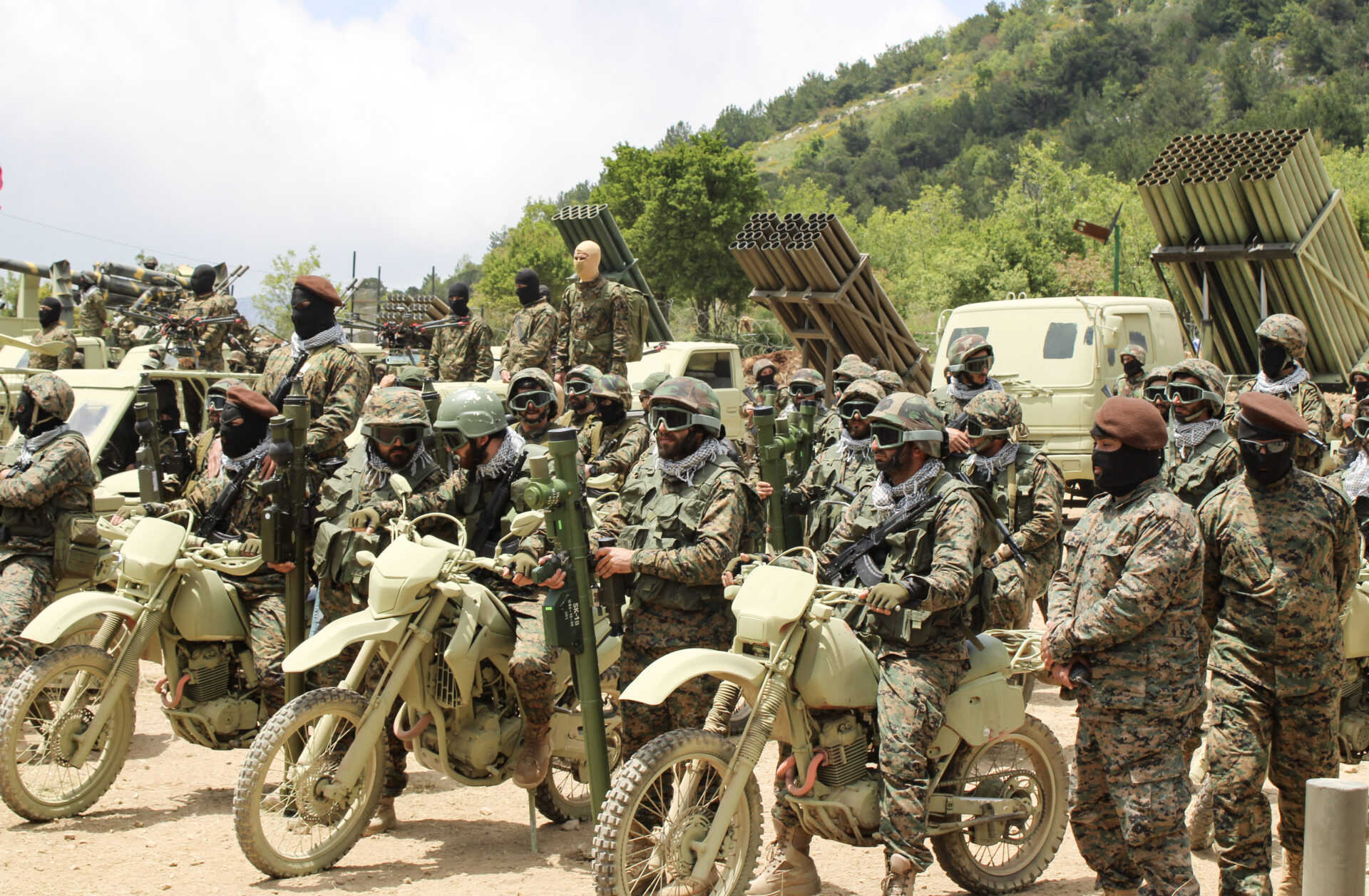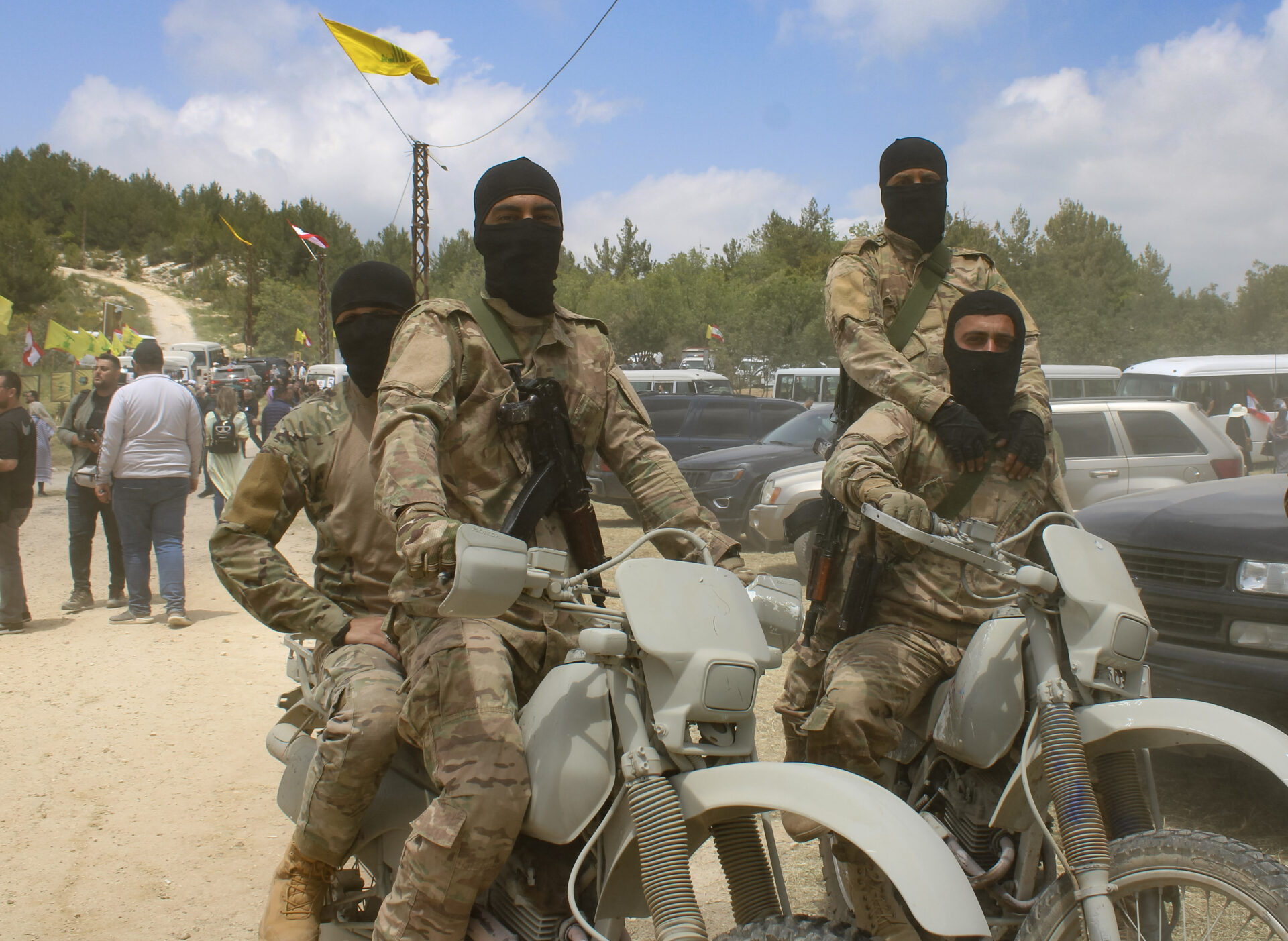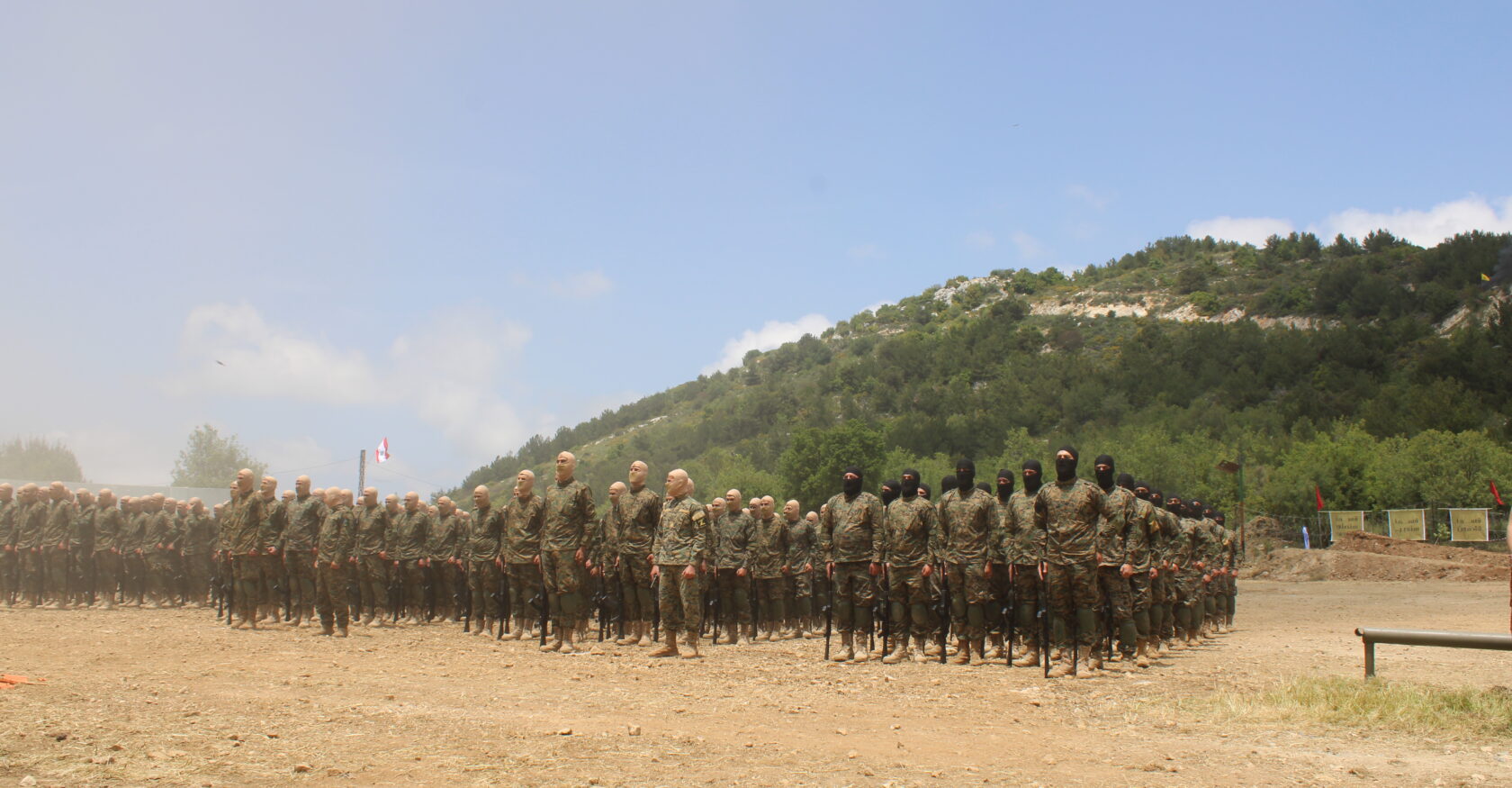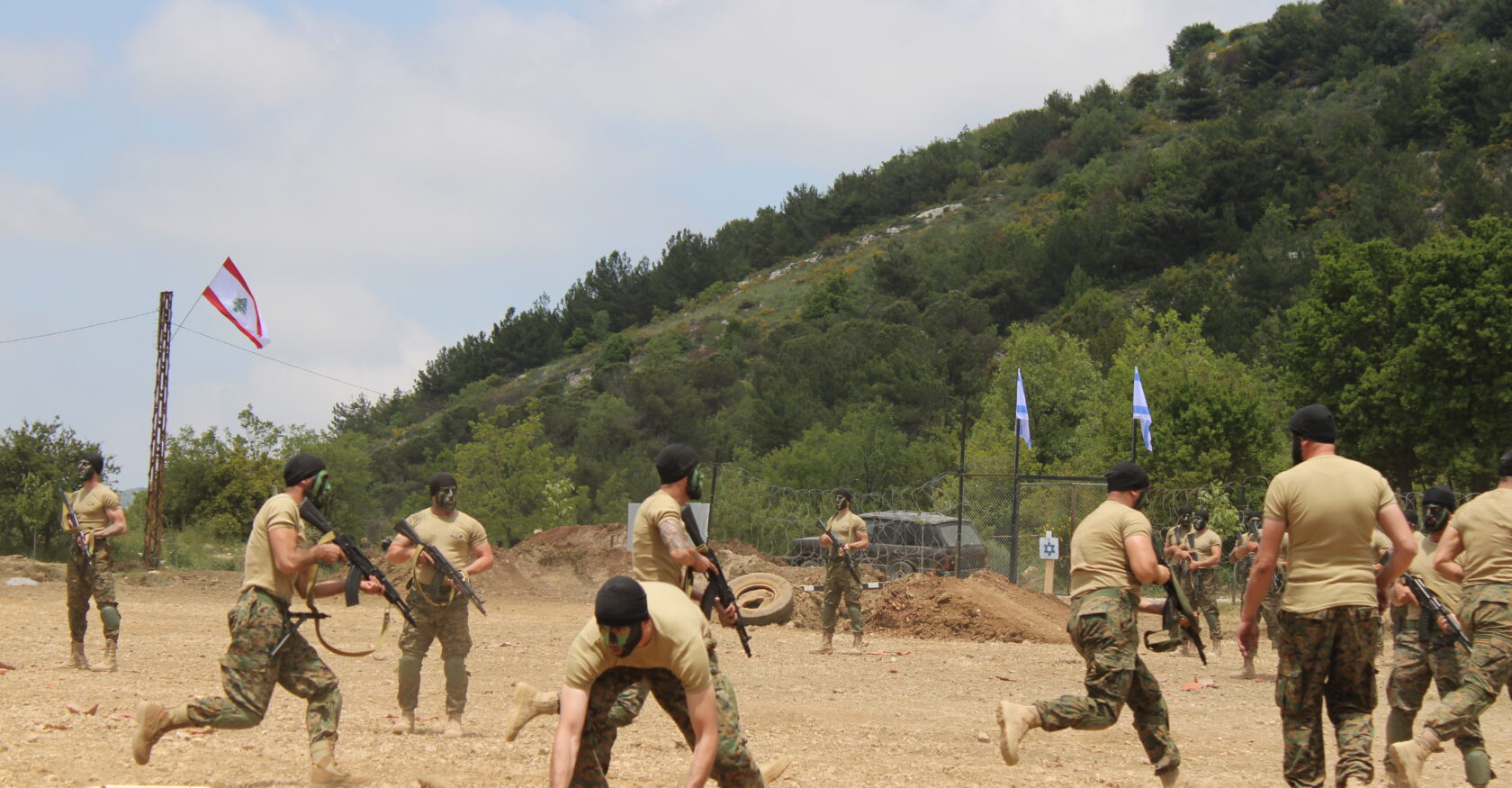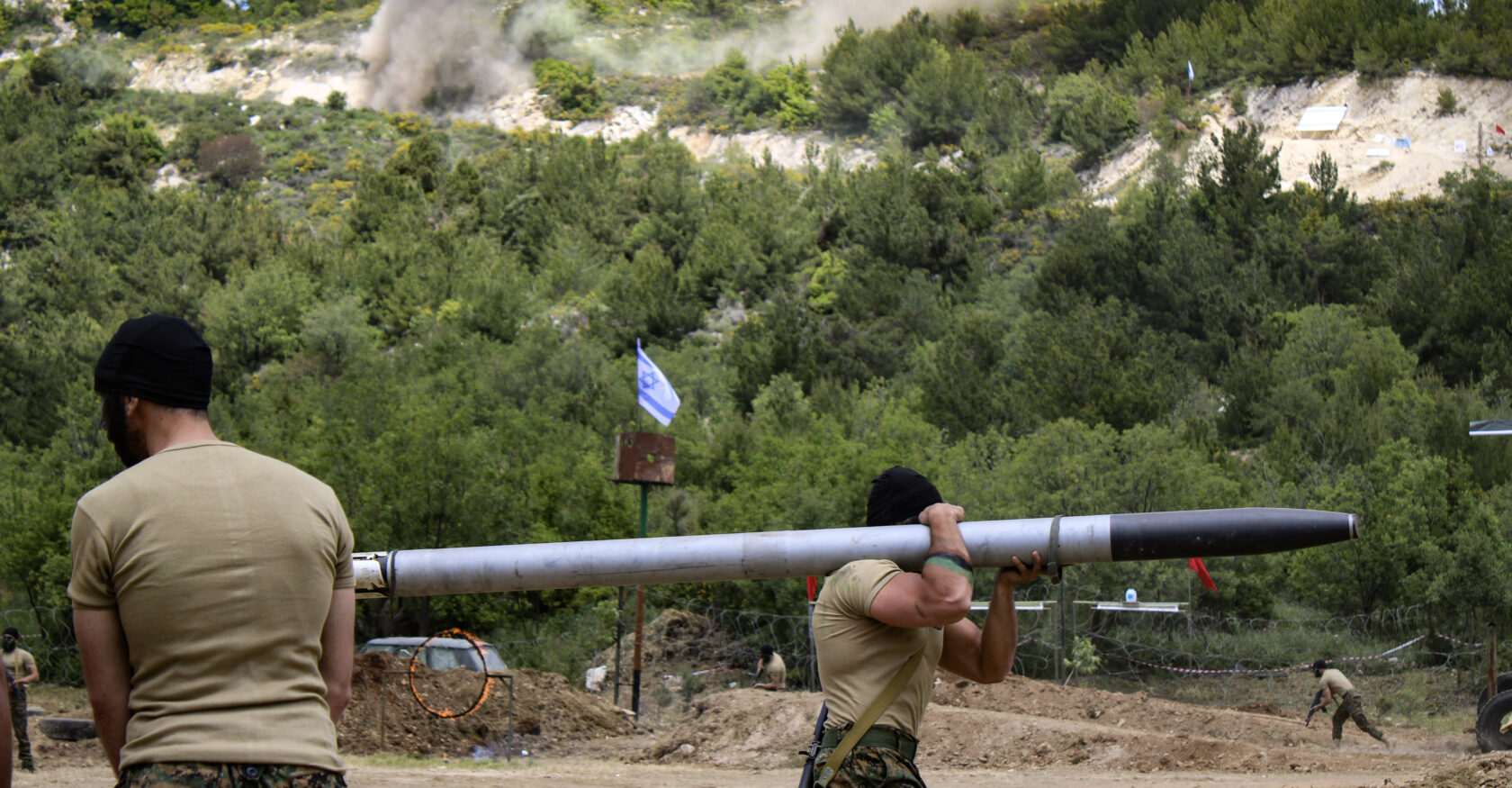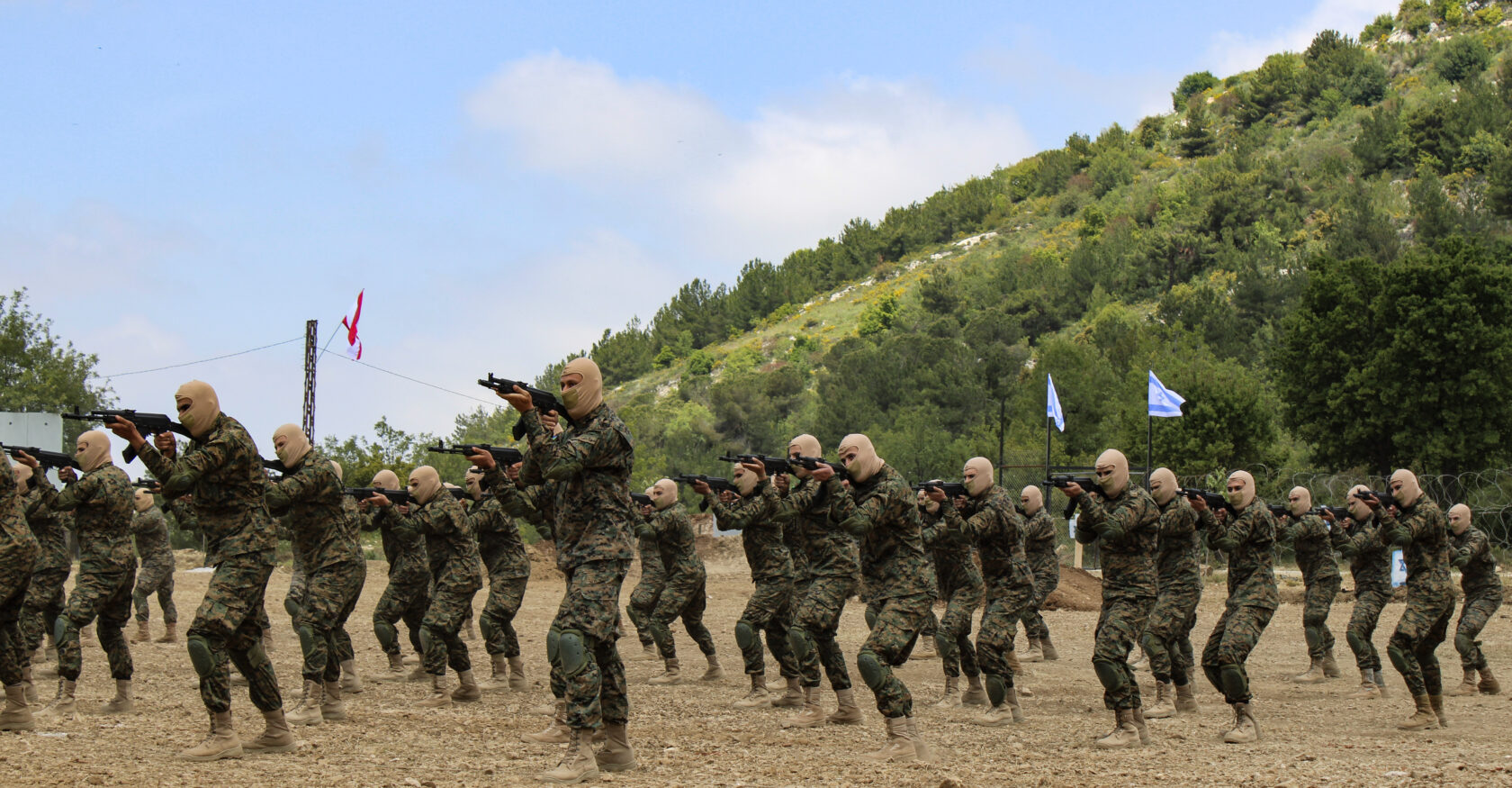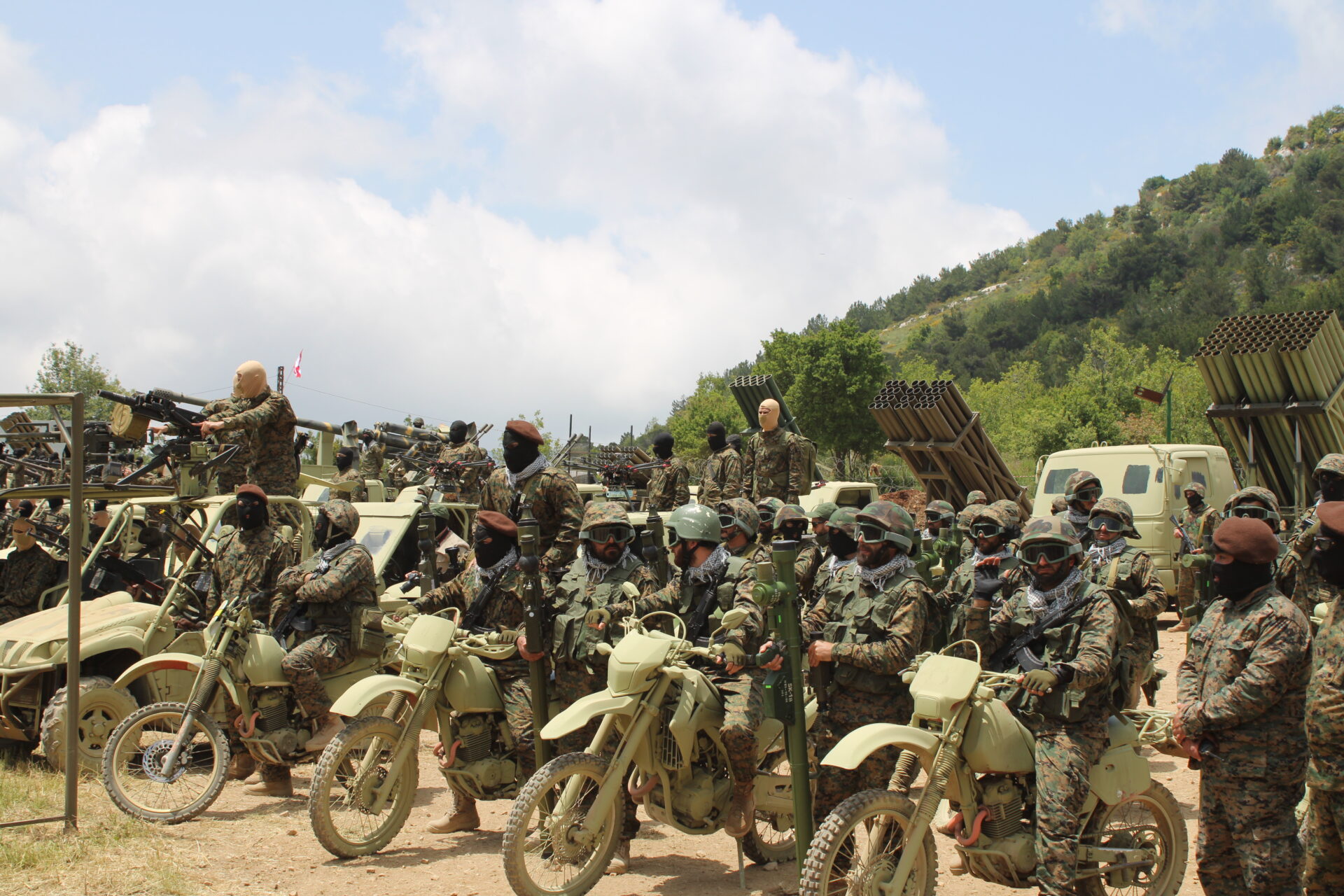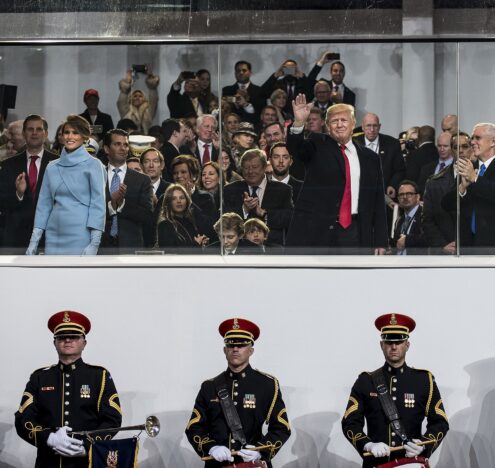And it was in offices just like al-Aina’s where the heads of Hamas, Hezbollah, and the PIJ met and brewed the plans for Hamas’s offensive into Gaza, according to a L’Orient Today article.
Coordination between Hezbollah, Hamas, and the PIJ has been growing notably since the Gaza war in 2021, following an Iran-coordinated effort to open a “joint war room” in Beirut.
“It was an organized, calculative, and coordinated attack, originating from this joint operations room, after which Hezbollah escalated tension along the Israeli border, in order to distract, while Hamas prepared the attack,” said Hanin Ghaddar, a senior fellow at the Washington Institute.
Commenting on the raging war in Gaza, the Hamas officer, Shanaa, said: “The Israelis are criminals bombing innocent people in Gaza. When our people are subject to genocide, all of our people will become fighters,” adding that he expects the situation to intensify in Palestine and Lebanon.
Hezbollah’s “Calculative Engagement”
Hezbollah is still playing a “calculative engagement game,” Ghaddar said. But their game is “very, very risky,” she added. “A mistake, a miscalculation, or a wrong target from either side could take this into a fully-fledged war,” she said.
Hezbollah party leader Hassan Nasrallah has so far remained silent, likely unwilling to make any commitments until a clearer picture unfolds. Ghaddar added that “Iran is still enjoying the gains and the attention [of the war] and they don’t want to waste it,” referencing the Saudis’ decision to pause normalization talks with Israel.
Meanwhile, if Iran were to commit Hezbollah to a broader conflict, “they’d be able to overwhelm Israel but would pay a heavy price,” Ghaddar said.
“Using Hezbollah means sacrificing Hezbollah,” she added, “it’s not easy to reconstruct its arsenal and its fighting force.”
A fully-fledged war in Lebanon would be “much harsher” than the 2006 Israel-Hezbollah war, when 1,200 Lebanese were killed and another one million displaced, Ghaddar said.
Since 2006, Hezbollah has significantly developed its arsenal and improved its fighting techniques and intelligence capabilities, learning from its Russian allies on the ground in Syria. Compared to 2006, Hezbollah is also now “spread all over Lebanon.” Ghaddar added that Israel is less able to distinguish between Lebanese and Hezbollah targets.














